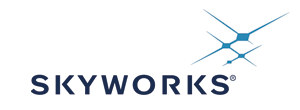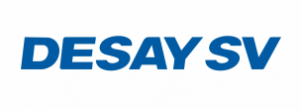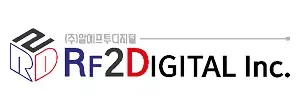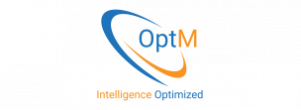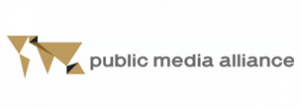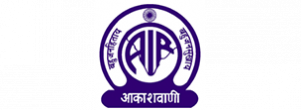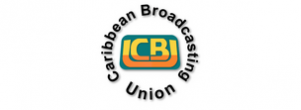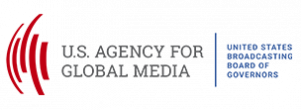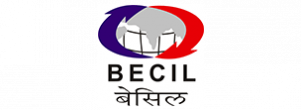EBU’s Digital Radio Summit was a full day virtual event held on February 17th and which in the words of Antonio Arcidiacono (EBU) was a reaffirmation of the success of radio on condition that “we continue to innovate”.
The many, mostly European presenters tackled different aspects of radio today with a particular emphasis on connected cars and the various ways in which local information can be stored locally and made available to listeners seamlessly.
Nigel Fry(BBC) in his presentation “Pushing the frontiers with Digital Radio Mondiale” offered a nuanced and global view of the future of radio. This is certainly digital but about half of the world’s population don’t have access to digital services. Nigel exemplified this with some stark statistics like: In 2018, four out of five people below the international poverty line lived in rural areas. Half of the poor are children. Women represent a majority of the poor in most regions and among some age groups. About 70 percent of the global poor aged 15 and over have no schooling or only some basic education. Almost half of poor people in Sub-Saharan Africa live in just five countries: Nigeria, the Democratic Republic of Congo, Tanzania, Ethiopia, and Madagascar.
Nigel Fry reminded the over 160 (DRS) attendees that the DRM standard, which uses the MW, SW and VHF bands, has been adopted by India, China and Pakistan; South Africa will use it to serve also rural audiences; and there’s significant investment in China and tests in Russia and Indonesia.
The speaker mentioned some of the advantages of DRM (including its spectrum and energy efficiency), its sustainability credentials and the capability to offer emergency warning and distance education.
All this requires affordable and power-efficient receivers. The potential of the market in India has spurred on the technology development, said Nigel Fry, with devices now on the 3rd or 4th generation. After mentioning brands like Gospell and Starwaves he also gave as an example two UK companies, Cambridge Consultants and CML, which are working on a low-cost module packaged to allow easy adoption and local manufacture of radios. This module encapsulates the expertise of CC in low power consumption processing with the RF expertise of CML. This forms the heart of a simple radio that can be constructed using basic manufacturing facilities – indeed even at home. The plan is to launch it later this year with the module priced under $10.
In conclusion, Nigel Fry said that the challenge is now to encourage the even wider adoption of the DRM standard, promoting the rich digital content it can make available and encouraging the inclusion of DRM in development projects.
Presentations and videos: available here


